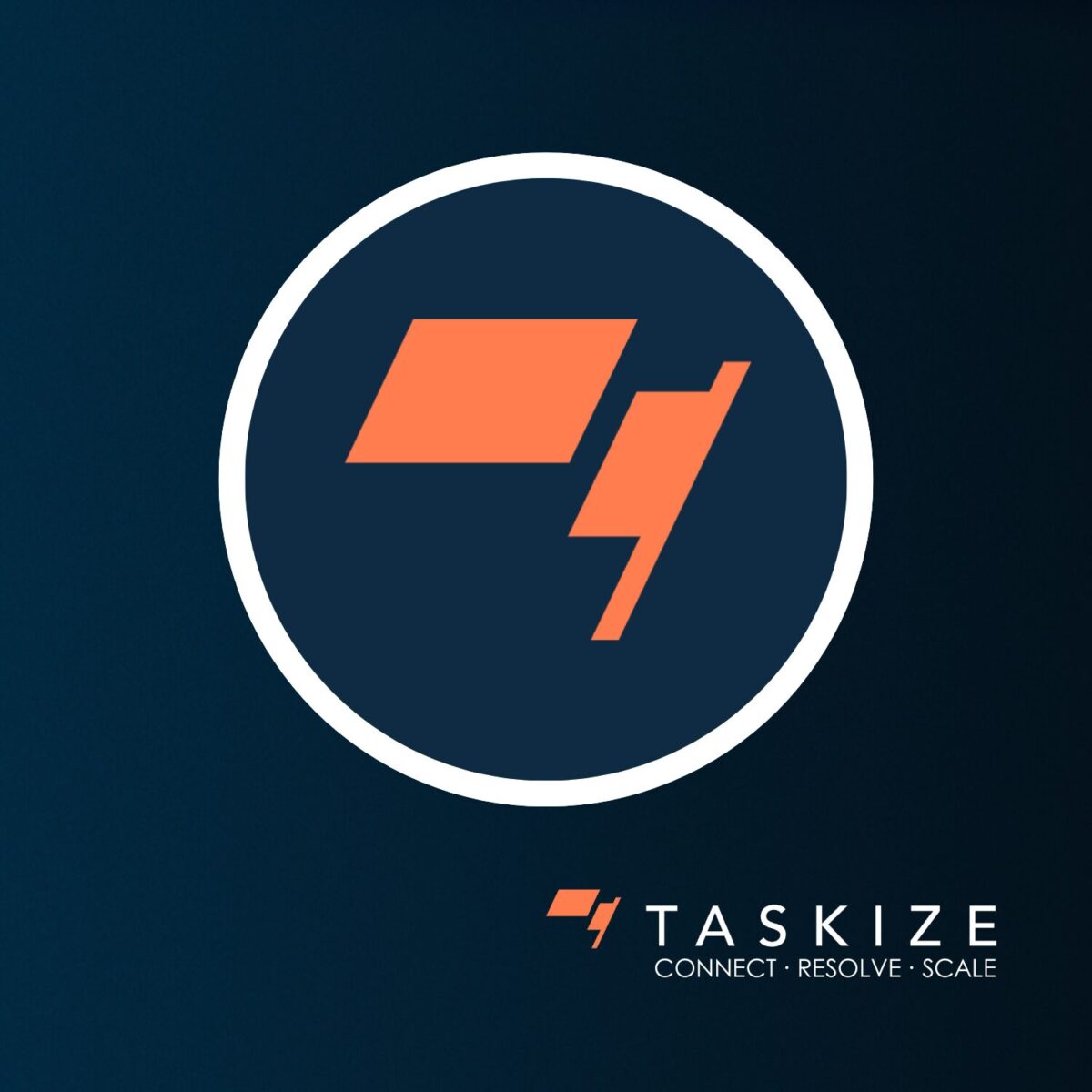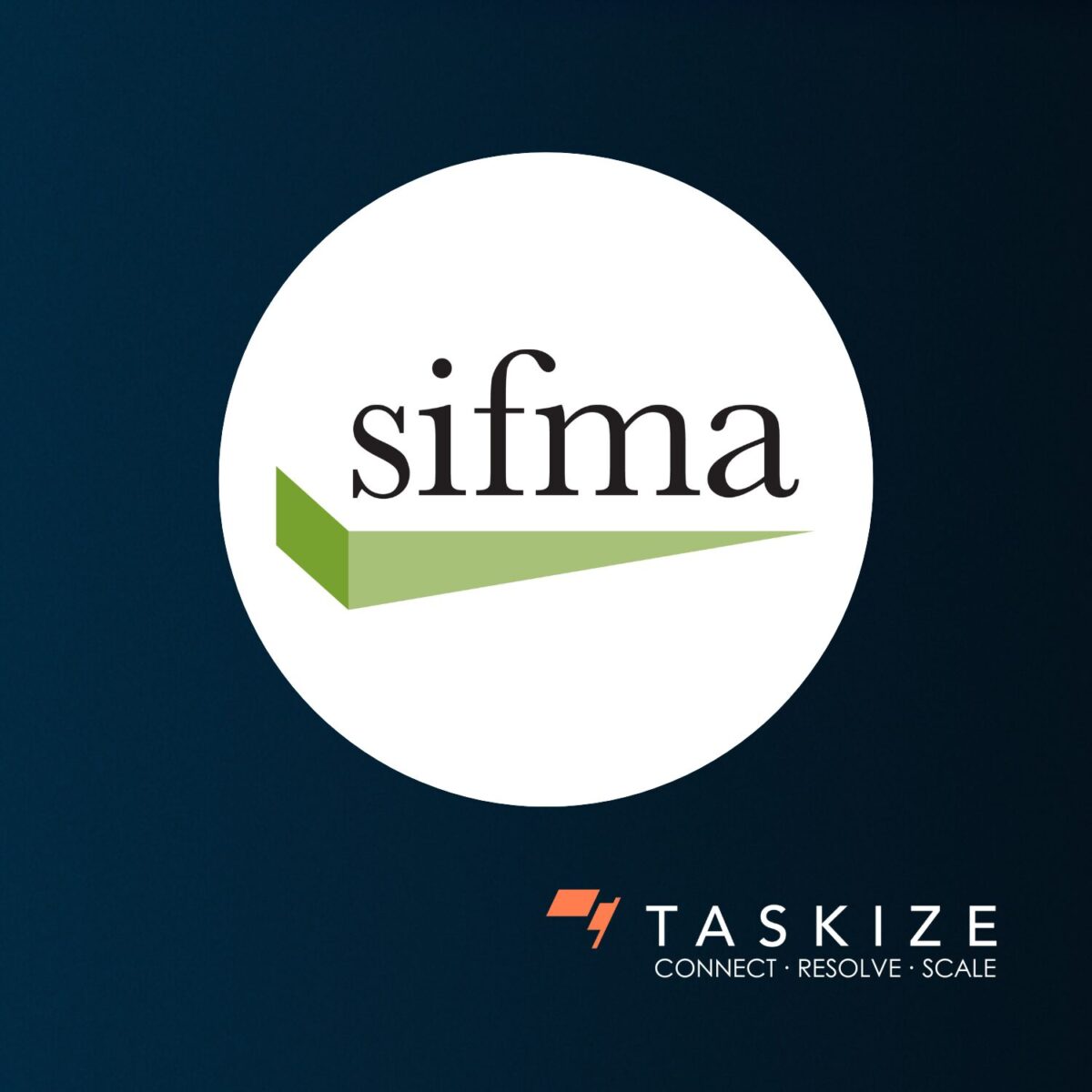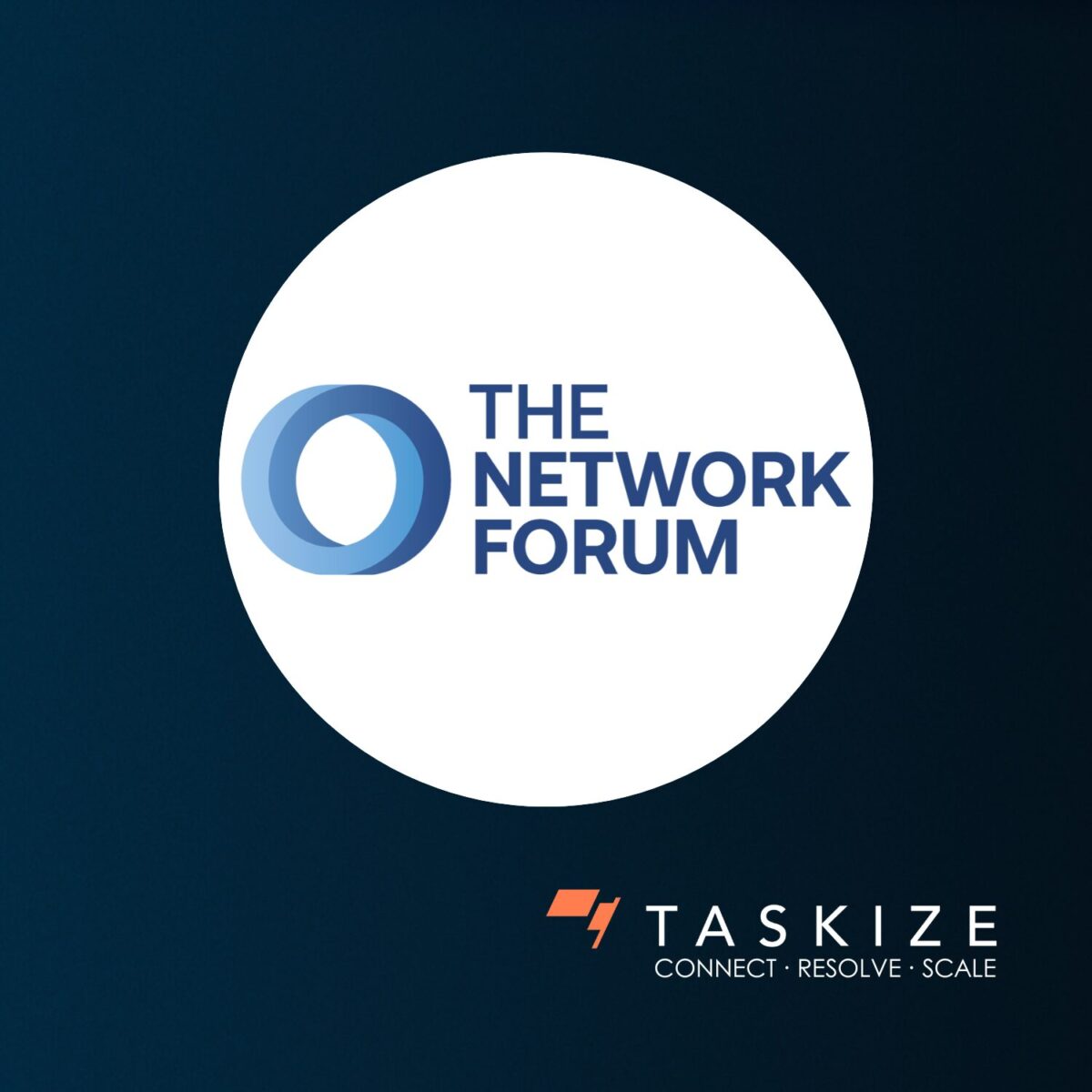Insights
Challenges arise when building a long-term business relationship between two large organisations, due to the number of people, products and processes involved. It is always tempting for staff to focus on short-term wins such as the lowest price or the next sale or the latest technology innovation, rather than the less tangible, harder-to-quantify activities that add value for the long term.
In today’s uncertain business environment, few can afford to take relationships for granted. Regulatory reforms have closed off certain high-margin product areas, while increasing the cost of delivering other services; simultaneously, macro-economic conditions are reducing client appetite for risk as well as lowering rate-based income streams. It is increasingly important for banks and brokers to understand the profitability of client relationships at a very granular level, as well as the value the client derives from any new investment in service provision.
Measurement of costs, service levels and relationship profitability may be increasingly important, but the tools and processes are still lacking. Current evaluation or ranking mechanisms are deeply flawed (providing only subjective or stale input), focused on a subset of the overall service (e.g. front-office metrics on quality of research or performance of execution algorithms), and do not reflect realities of service provision. The impact of a back-office glitch that delays settlement of a securities trade, perhaps resulting in a manually intensive buy-in, is rarely costed, nor is its impact on the broader relationship tracked. As such, the underlying cause is not resolved – especially if it requires further discussion with a third-party provider or infrastructure operator – thus potentially storing up future problems.
Collaborative platforms, like Taskize, enable buy-side clients and sell-side service providers (as well as other parties, if required) to work together to fix operational problems and not only address issues as they arise (rather than remaining unresolved and thus repeated), but also provide an enterprise-wide digital record of the resolution process. This helps to provide users with timely transparency on the costs of servicing client relationships (individually and collectively), as well as metrics and insights into client satisfaction levels and recurring operational problems.
At one level, the service provider is better able to identify client service problems and costs per individual client, thus helping to quantify profitability and customer satisfaction. At another, the information could be compared across product areas, client segments and geographies to gain consolidated view of operational issues which would potentially uncover common causes, leading to new efficiencies. And if buy-side firms also had access to data across service providers they would be better placed to benchmark not only provider quality and value, but also internal capabilities, against peer performance. Relationship managers could also use such timely intelligence to drive meaningful, data-driven discussion and reclaim their role as agents of change on behalf of the client.
Over time, with widening use, tools such as Taskize can provide analytics on operational issues across the industry, helping to share best practice and eliminate common causes of trade fails and other back-office glitches across instruments and asset classes.
A key characteristic of this reformed, lower margin commercial and investment banking market is a shift in how and where value is added. As many recent initiatives have demonstrated, technology innovation is being exploited in this sector on a communal, collaborative basis, with standardisation and interoperability being built in to automation. Rather than leveraging technology on a purely proprietary basis, banks and brokers are using it both to refine and improve existing services collectively and develop new ones – in league with clients and each other. In this context, solutions that support higher client satisfaction levels and lower servicing costs will play a key role in maintaining collaborative relationships over the long term.


